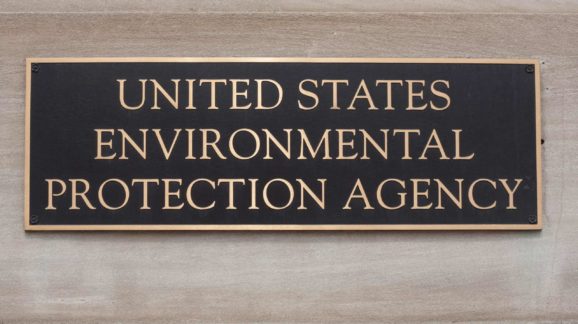CEI Comments In Support of EPA Transparency Rule
Docket ID No. EPA–HQ–OA–2018–0259

The Competitive Enterprise Institute supports the proposed Environmental Protection Agency (EPA) rule on “Strengthening Transparency in Regulatory Science,” which will promote transparency of scientific data underlying major regulations. Along with this short comment, we are submitting our paper on the topic containing more details regarding why we support this proposed rule and additional comments offered by Marlo Lewis, Jr., CEI Senior Fellow in Energy and Environmental Policy.
Advocates for transparency in science should applaud the EPA’s proposed rule because it advances goals of quality science. Transparency is a cornerstone of the scientific process and a well-recognized goal long-extolled within the scientific community. As an October 30, 2014 editorial in the British publication Nature Geosciences explained, “Science thrives on reproducibility.” And reproducibility in science can only exist when researchers have access to two things: “full disclosure of the methods used to obtain and analyse data, and availability of the data that went into and came out of the analysis.” Our paper details how private efforts to promote transparency demonstrate that the goals of transparency in government are both desirable and achievable.
Nonetheless, many critics of EPA’s transparency rule claim it is “anti-science” and represents an onerous regulation. Apparently, many of these criticisms are based on misunderstandings about how the rule would work and what it contains.
Some claim that the rule will prevent EPA from using research that relies on confidential data collected from study participants. Yet the rule affords the EPA administrator considerable leeway to permit regulators to use research in cases where privacy or other concerns limit public availability. In fact, under some laws, such as the newly reformed Toxic Substances Control Act, the EPA must use such research if it constitutes the “best available science” on an issue. In that case, even if data were not fully available, the agency would still be required to rely on those critical studies. However, in cases where data can be more transparent without privacy concerns, the EPA could not refuse to release the data on arbitrary grounds.
Others have raised concerns that transparency will weaken regulations, but whether it makes regulations more extensive or scales them back is not the point. The goal is to ensure that the best science informs regulators so that they can design rules to best protect public health. We believe that helping ensure the underlying science is valid, the transparency rule will increase the probability that regulations will actually generate public health benefits and not unintentionally undermine public health and well-being.
While much of the work can and should be done in the private sphere, government policy can provide better incentives to researchers on whose work they rely. The EPA’s transparency rule will help bolster private pro-transparency efforts and should be the beginning of a government-wide effort. Transparency guidelines could also be applied to government research and government-funded research within all agencies, from the EPA to the National Institutes of Health, the Food and Drug Administration, and the Consumer Product Safety Commission.
Please see the attached paper for more details on why we strongly support the transparency rule.
Sincerely,
Angela Logomasini
Senior Fellow
Competitive Enterprise Institute
Click here to read the recent study: EPA Transparency Rule Will Bolster Science and Improve Rulemaking